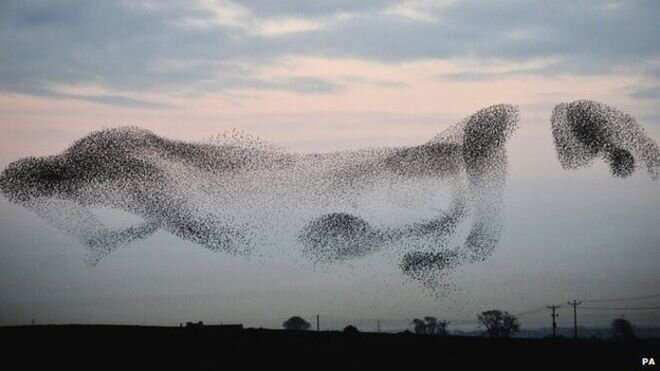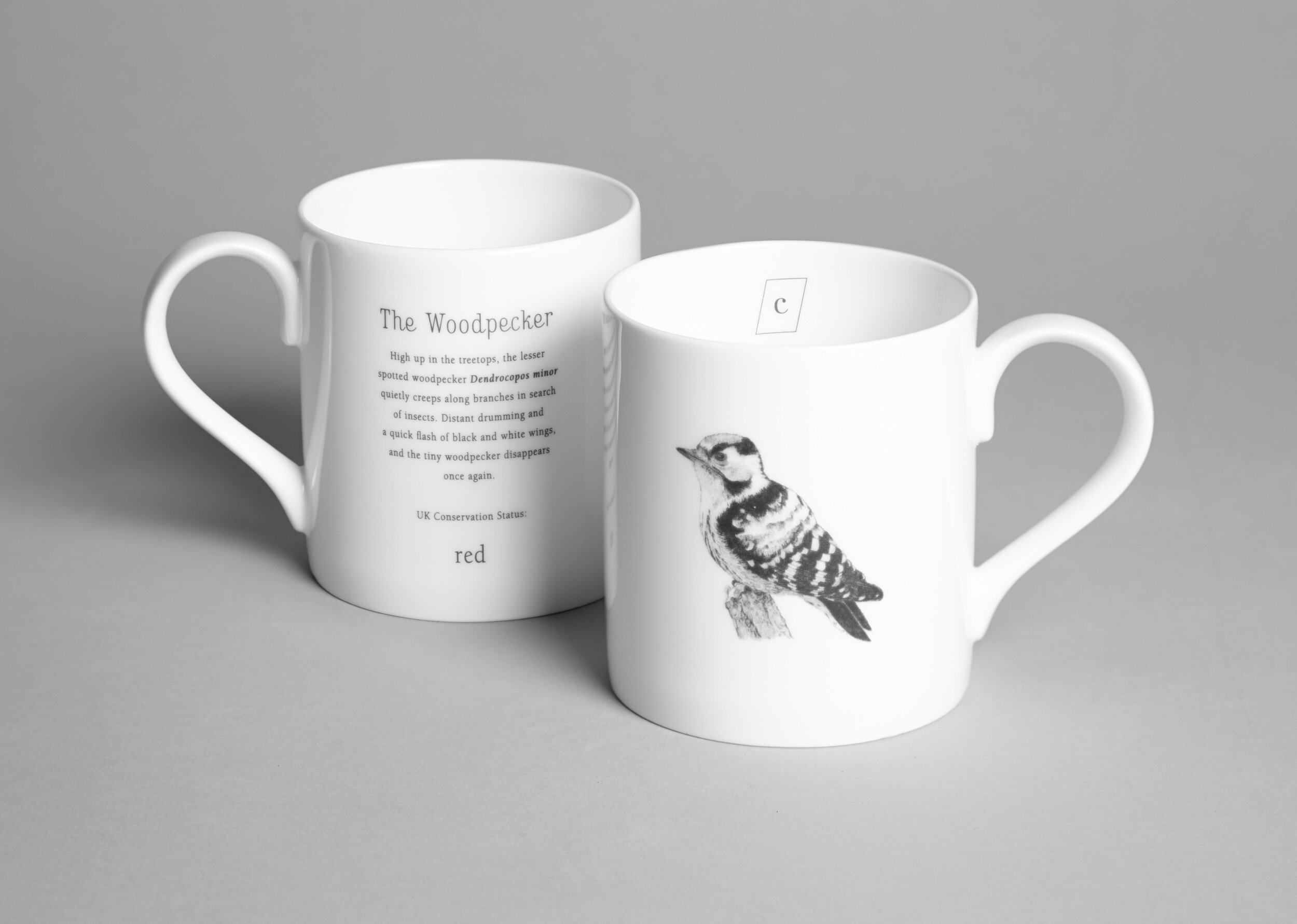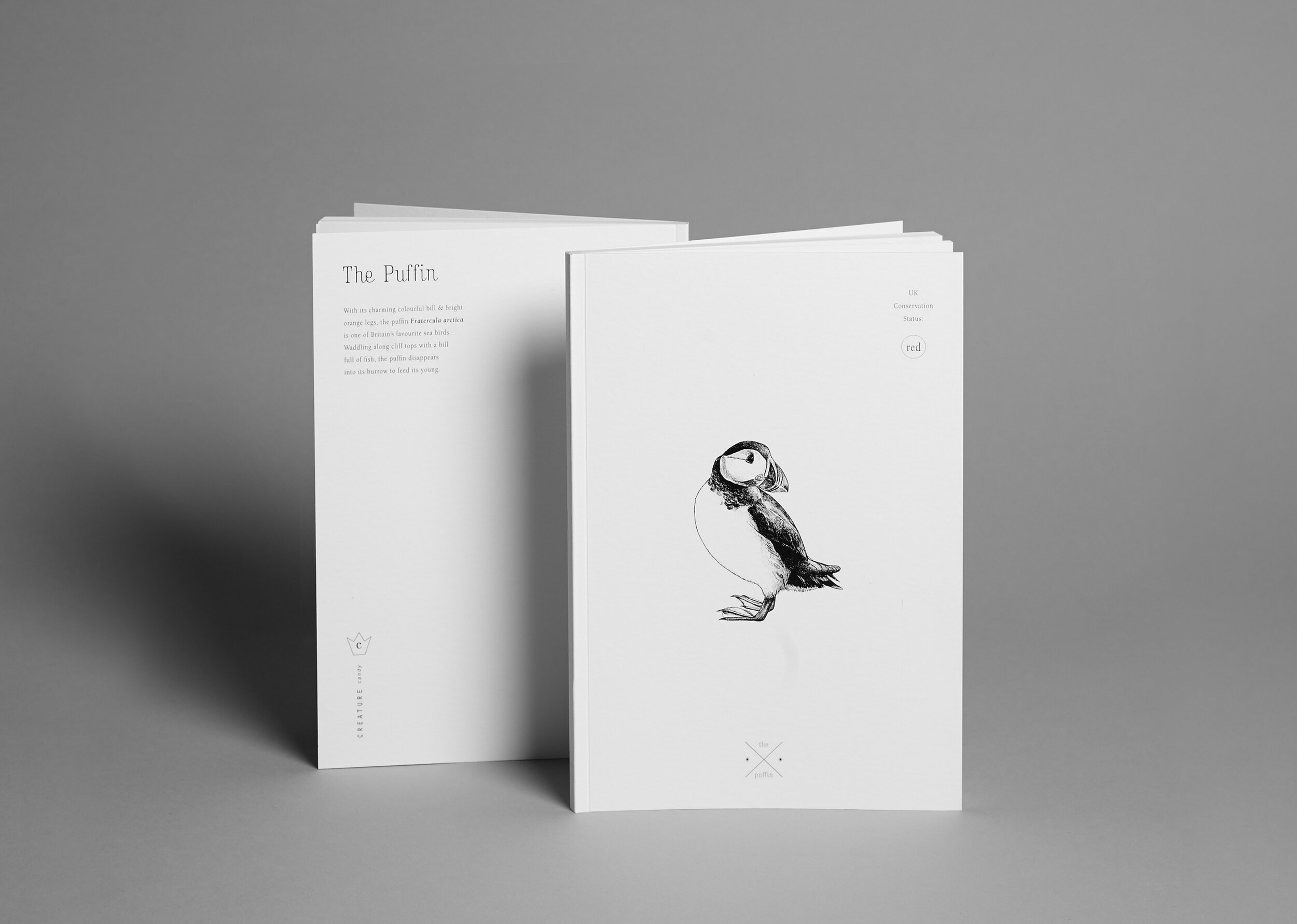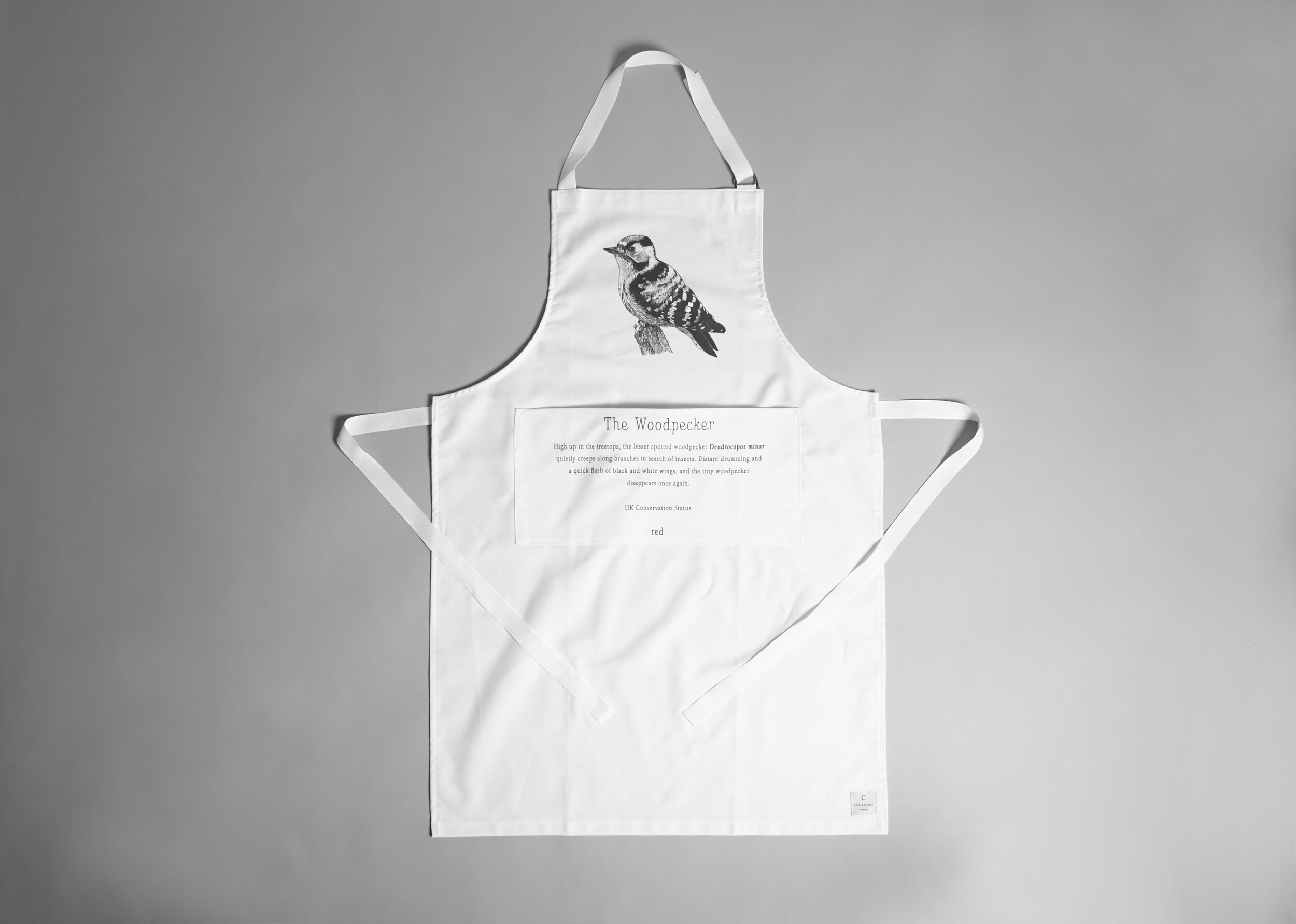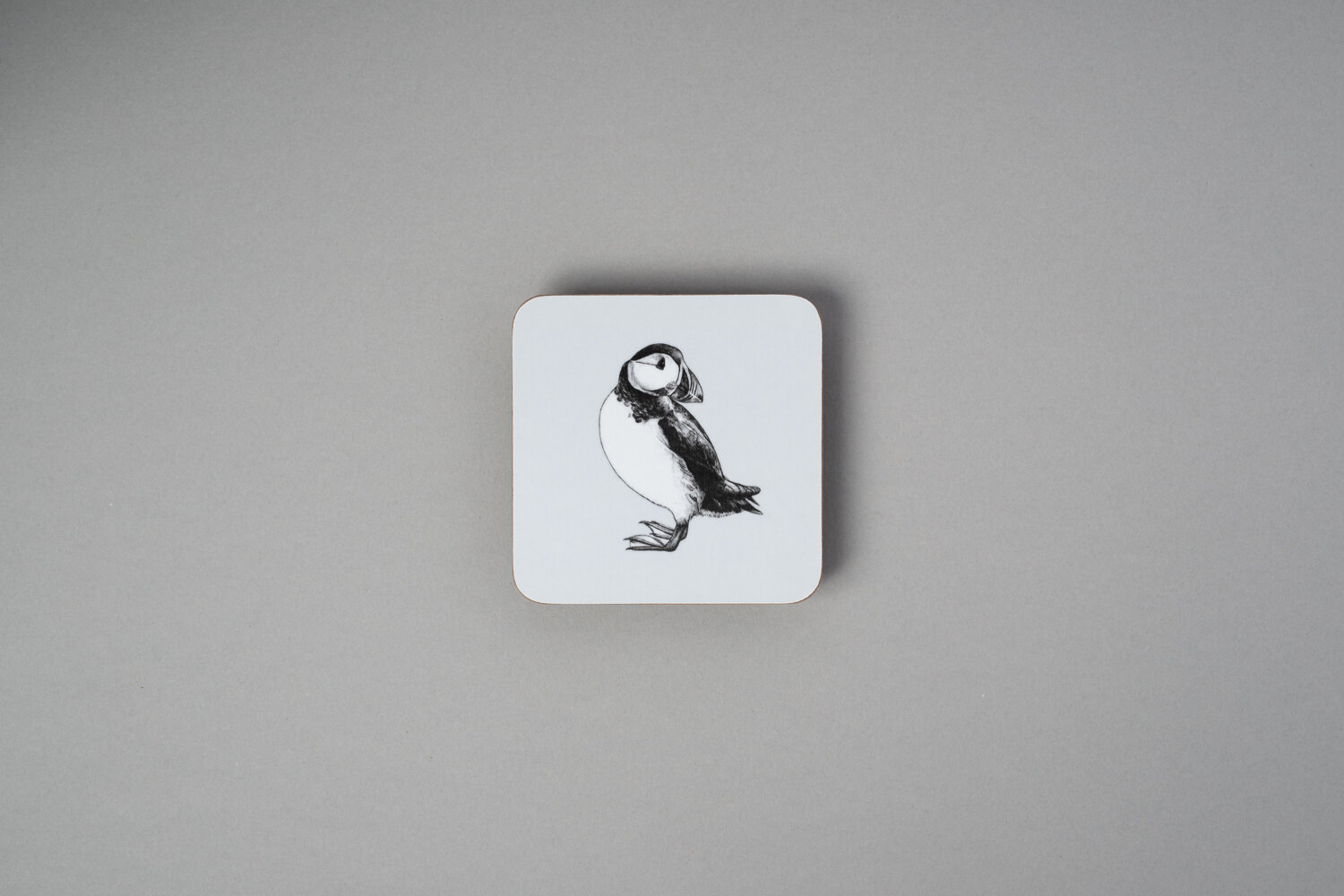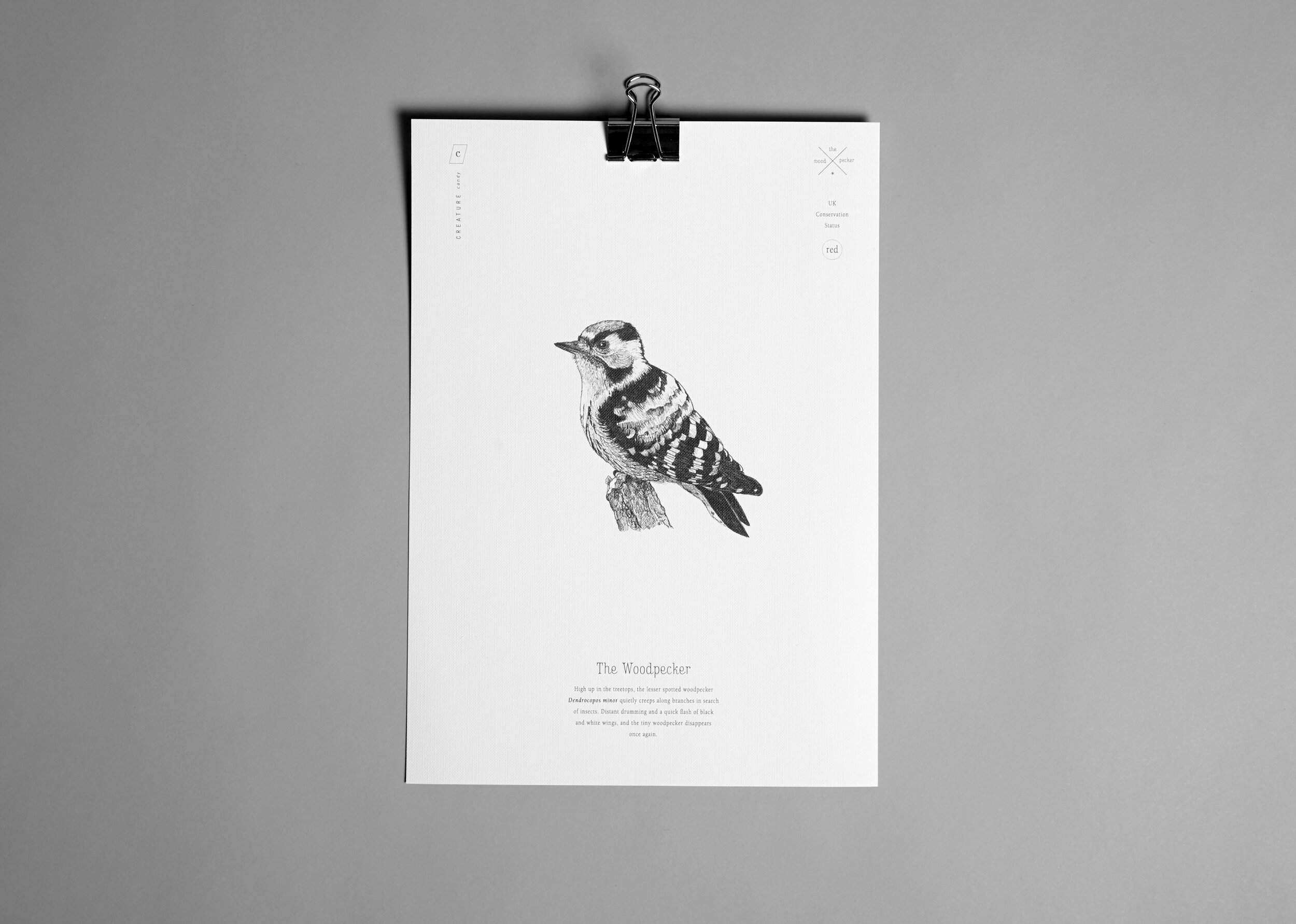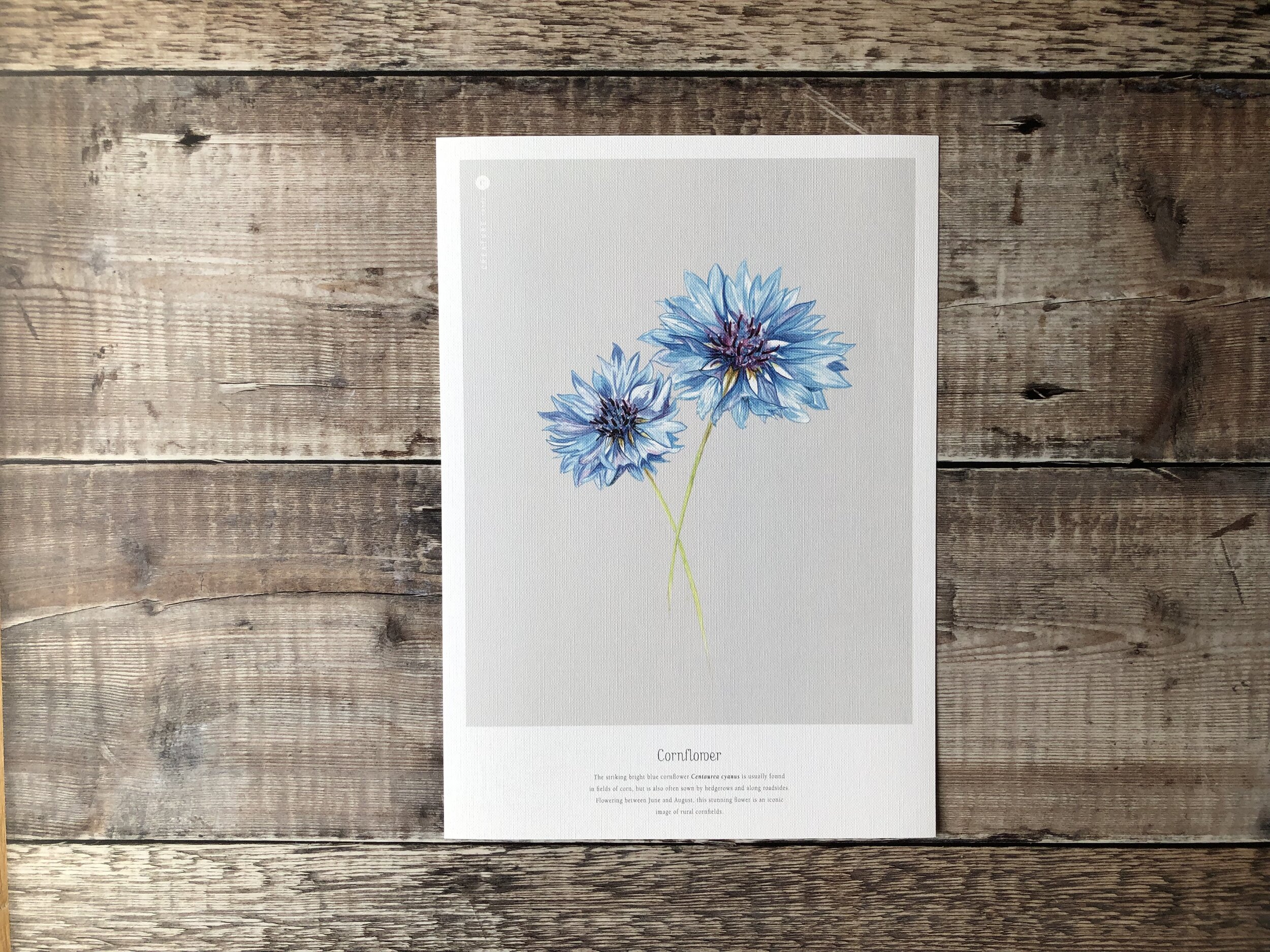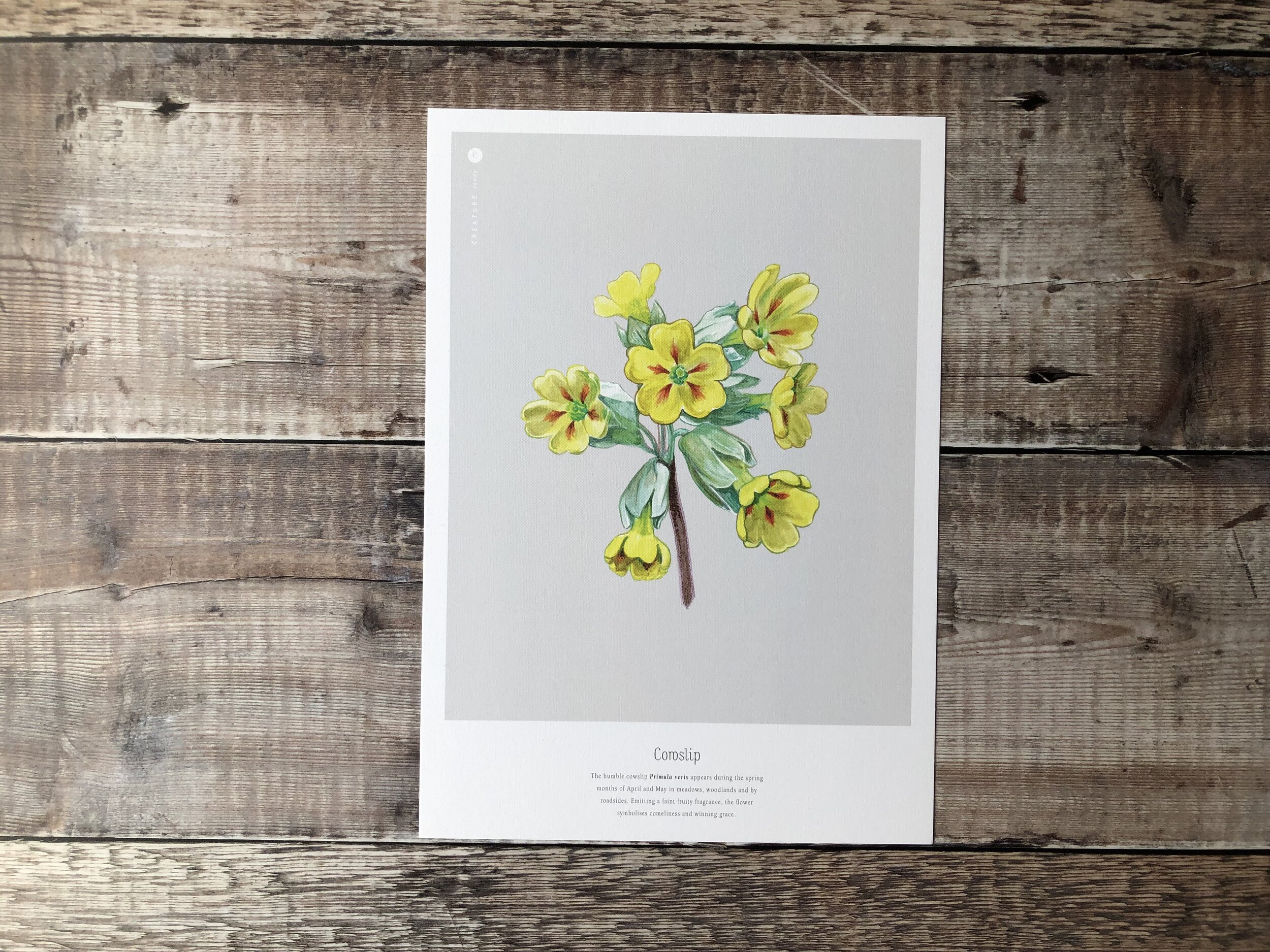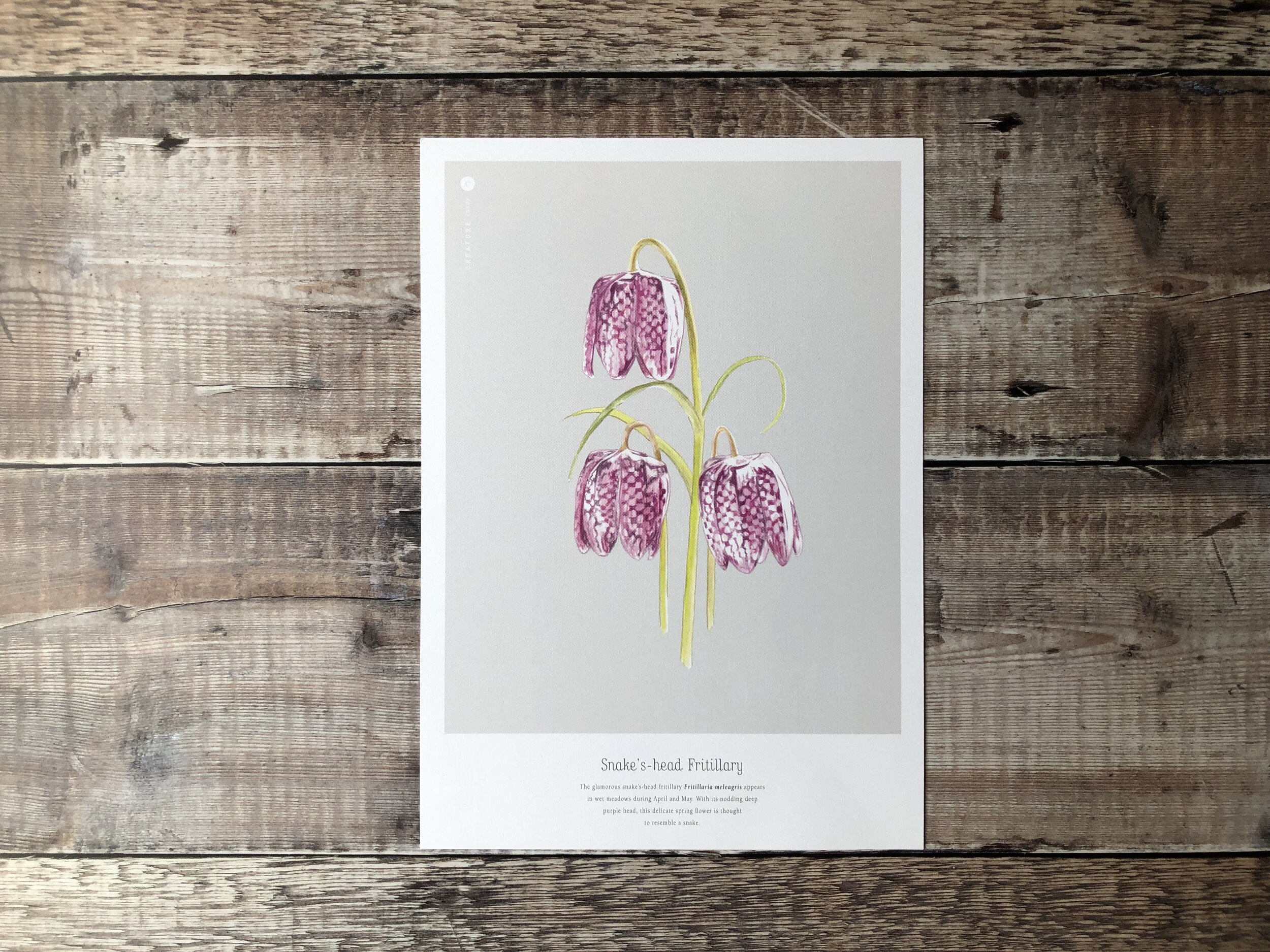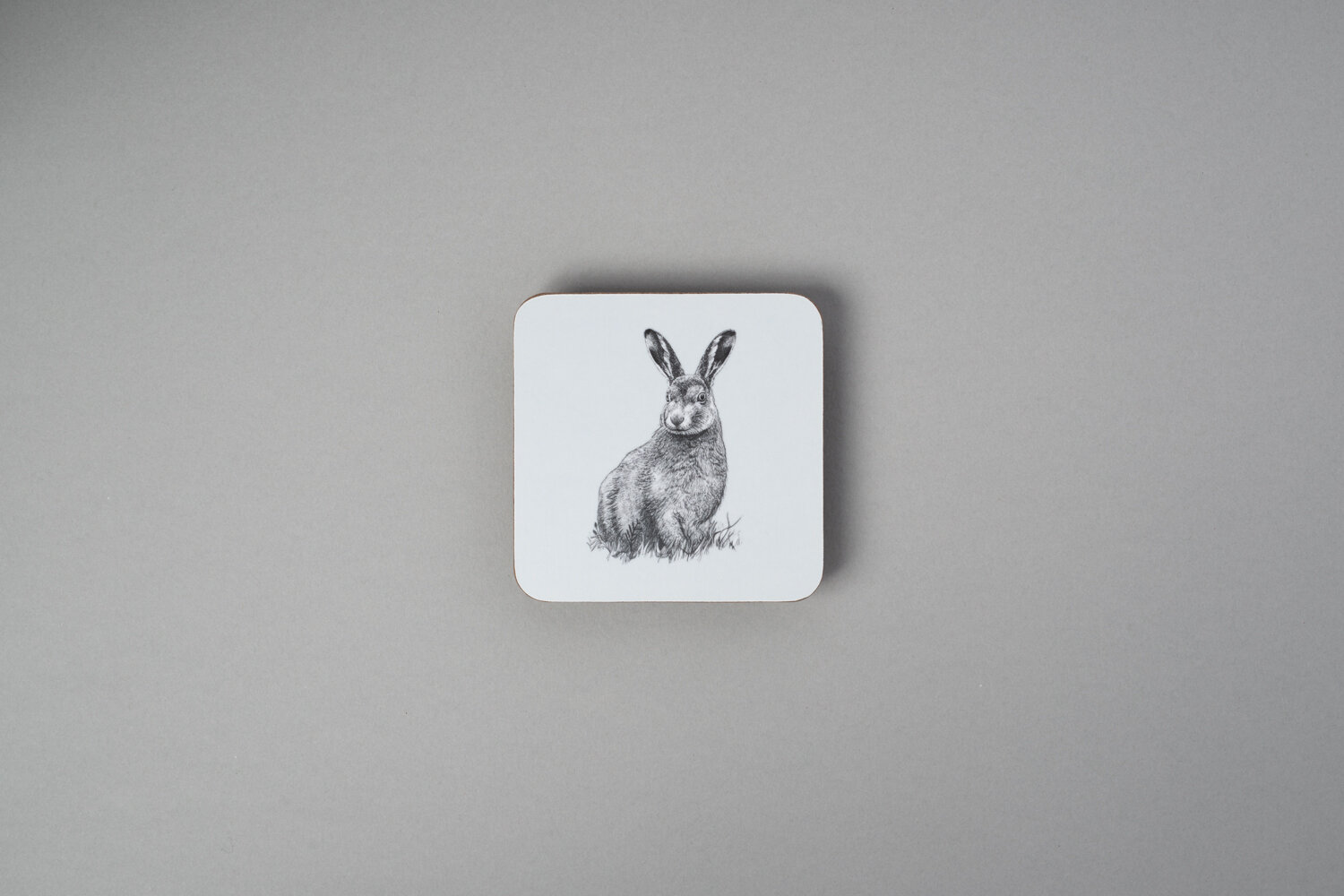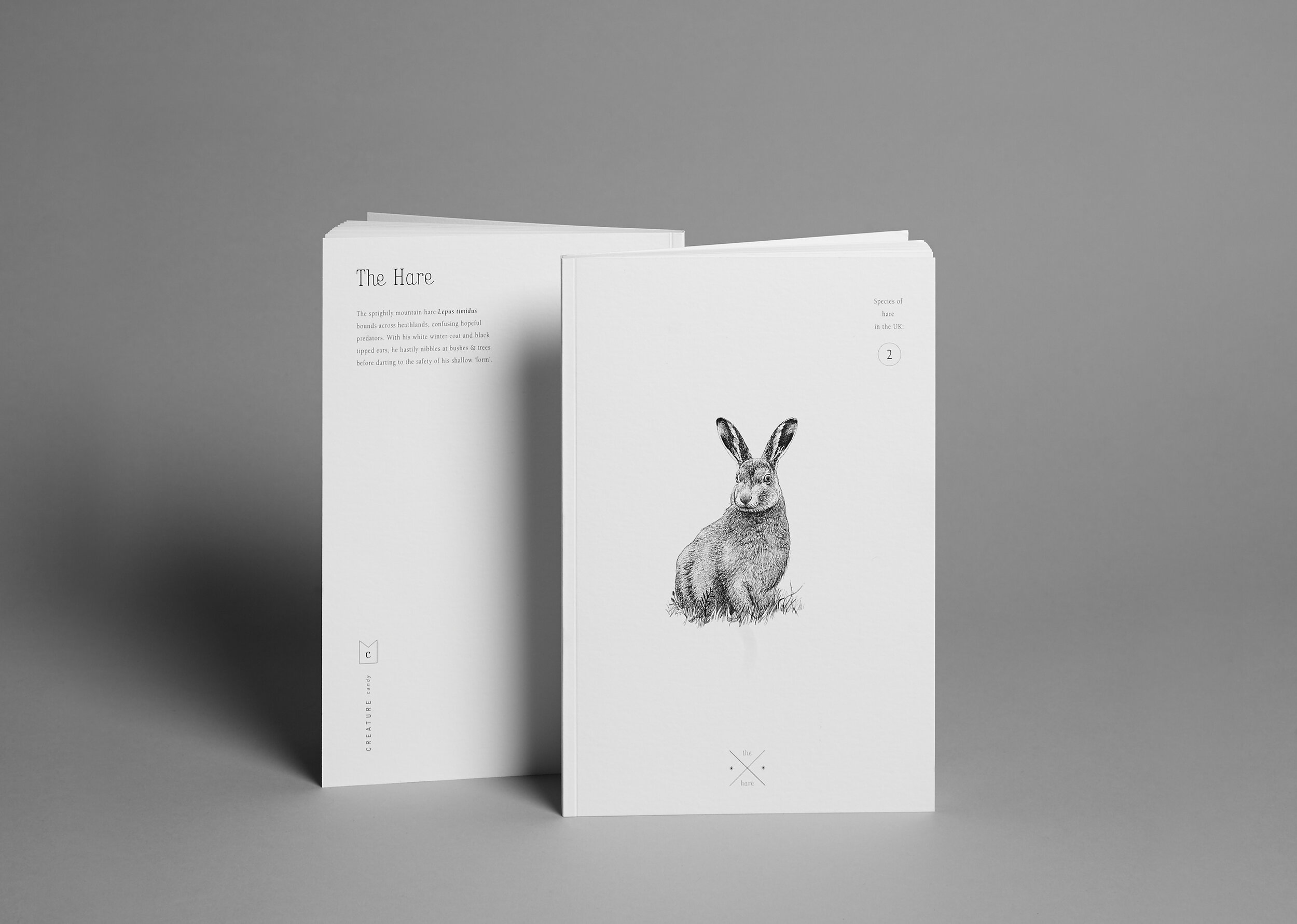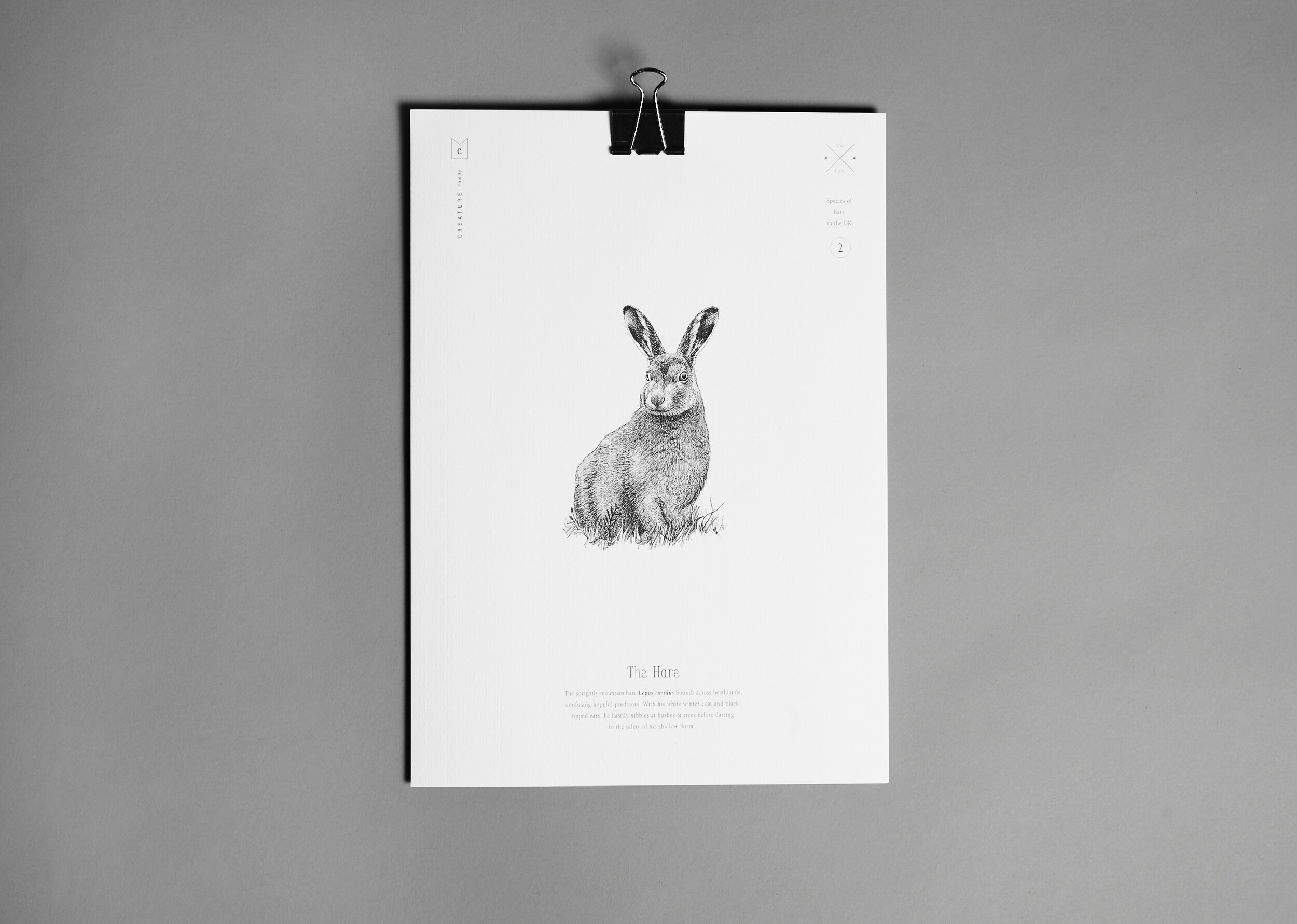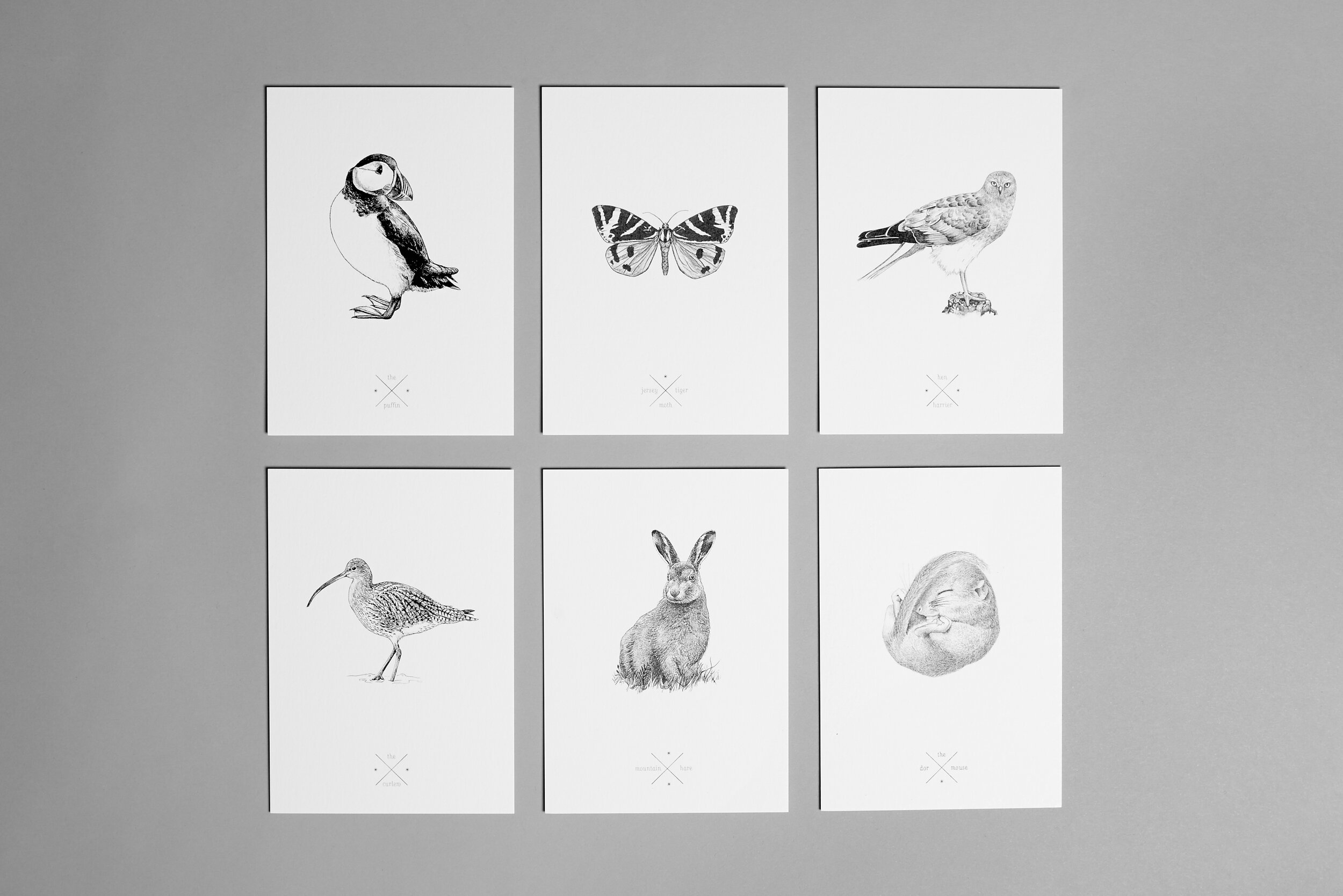By Della Lewandowski
For most, January is the least favourite month of the year. The bitterly cold weather coupled with the end of an indulgent festive period makes this month feel as though it lasts an eternity. In order to kick those January blues, take a bit of time out to forget about those New Year’s resolutions and reconnect with nature. This time of year is brilliant for observing certain species and behaviours, so wrap up warm and get out there!
Starling Murmurations
Large flocks of starlings take to the skies to perform their mesmerising murmurations, in which they swoop and dive in synchronisation. They begin in winter around October when starlings migrate to the UK from Europe, with the peak period being from December to January.
The best time to witness a murmuration is in the early evening, prior to dusk. They gather over their roosting sites to perform before they settle for the night. They roost in sheltered areas, such as woodlands, cliffs, and buildings.
A possible explanation for this spectacle is about avoiding predation, as it’s much harder to pick one individual from a flock of thousands. It is also hypothesised that they exchange information during the display about, for example, good feeding sites.
In the UK, starlings have been added to the conservation red list. Despite being seen as fairly common birds, the population has seen an 80% decrease in recent years according to the RSPB. The decline is thought to be due to habitat loss, poisoning via farming chemicals, and lack of food.
Snowdrops
Galanthus nivalis (‘milk flower of the snow’), or common snowdrop, is the most widespread of all the species of snowdrops. They are characterised by a singular bright white, lightly fragranced flower delicately hanging from a grey-green stem. These perennials grow from bulbs that hide beneath the frozen ground until they are ready to burst through in January, or even earlier in milder winters. They typically bloom until late February in lightly shaded woodlands, with a vast amount growing in one area to give a carpet-like appearance.
Snowdrops are also a favourite amongst gardeners, as their early appearance is a brilliant way to breathe life back into a wintery landscape. Many cultivars have subsequently been produced, the main physical differences being in the shape and colouration of the petals.
Mountain Hares
Mountain hares (Lepus timidus) are predominantly found in Scotland and the north of England, with a small population located in the Peak District. As they are adapted to colder, mountainous regions, in winter they swap their brown summer coats for a white pelage with the aim to camouflage themselves into the snow. The change of coat is dependent on temperature, so some individuals do not turn completely white. In milder winters with less snowfall, the hares become more visible against the darker background, making them more vulnerable to predators.
Often confused with brown hares (Lepus europaeus), there are a few key features that distinguish the two species. Mountain hares have a white tail all year round, with a grey-brown summer coat and brown eyes. Brown hares have black on the top of their tails, brown and orange fur which they keep through all seasons, and amber eyes.
Mountain hares are protected in the UK under the Wildlife and Countryside Act, 1981. In some areas they are threatened by a change in land use and over-grazing of heather by other animals, leaving them with smaller food supplies. In the Peak District, populations are isolated due to a busy road between the moors. The effect of this significantly reduces gene flow between groups, and isolated population are at greater risk of extinction.
Charities We Support
We support the British Trust for Ornithology (BTO), Plantlife and People’s Trust for Endangered Species, who’s research and conservation projects help to monitor and protect British birds, plants and mammal, including the ones listed above.
We donate 10% of sales prices to them when you purchase any of our bird, botanical or mountain hare products. Thank you to everyone that has bought these products and allowed us to donated nearly £10,000 to our charities.
Bird Designs
Click to buy and donate
Botanical Designs
Click to buy and donate
Mountain Hare
Click to buy and donate

